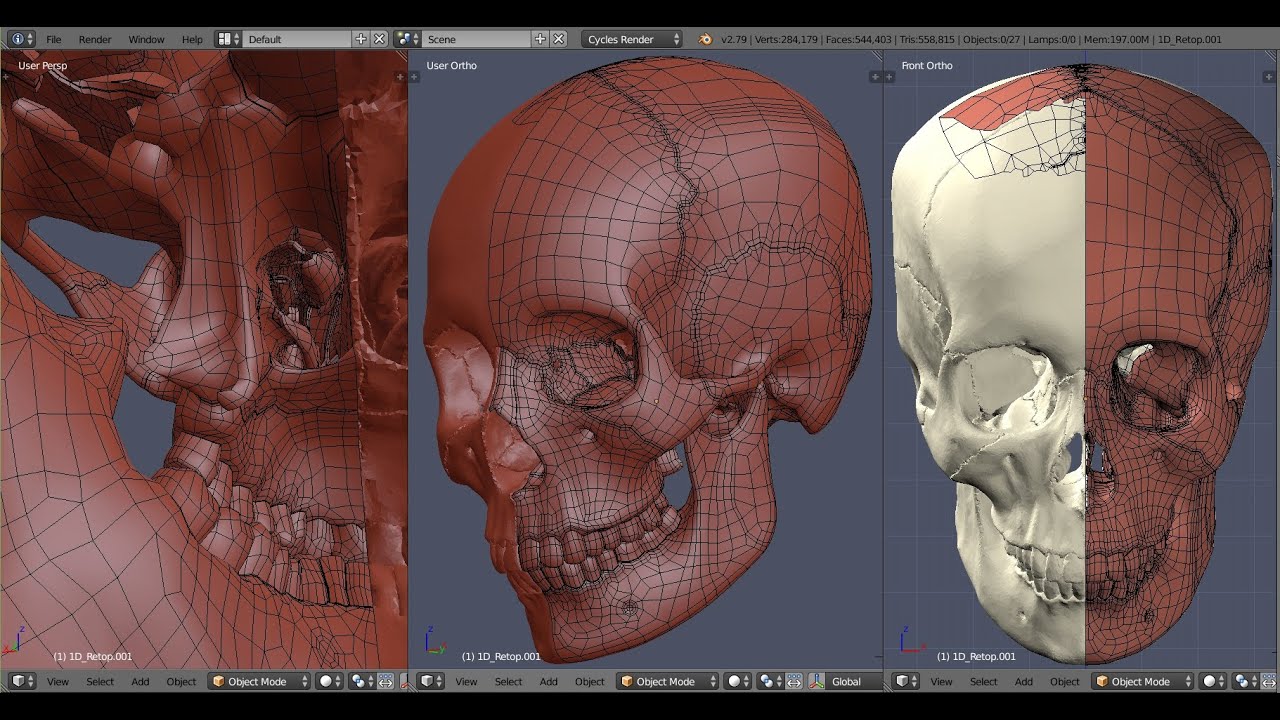Okay, David head is also available for download
It is more detailed than version from the dataset, and its topology follow shapes and preserve all the details, hope it will be useful.
Also a manual skull retopology by stripe-modeling process video cold be interesting for the research.
